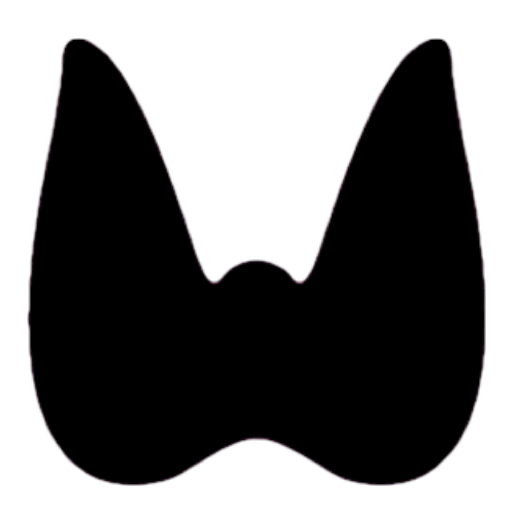Put your notes in here. Type them, publish them, view them, edit them, save it and print them. Notes are stored locally, if you clear your browser history they will disappear. Notes are a great way to add your own notes, from other sources to this station.
Endocrine Skills And Examination
Lumps And Bumps Examination
Introduction
Begin by washing your hands and introducing yourself to the patient
Explain that you would like to examine the lump, gain verbal consent and ensure he is not in any pain.
Expose the area appropriately
Begin by washing your hands and introducing yourself to the patient
Explain that you would like to examine the lump, gain verbal consent and ensure he is not in any pain.
Expose the area appropriately
Inspection
Stand back so that the examiner knows that you are inspecting the area. Be systematic and follow the below scheme that can be applied to any lump or swelling:
Stand back so that the examiner knows that you are inspecting the area. Be systematic and follow the below scheme that can be applied to any lump or swelling:
- Site: most accurately measured with respect to a fixed landmark such as a bony prominence or an underlying muscle
- Size: give an approximate size in centimetres
- Shape
- Symmetry
- Scars
- Skin: is the skin tented, discoloured, breached?
- Transillumination: place a pen-torch (ask the examiner for one if it is not obviously laid out on the station) next to the lump and observe from the opposite side to see if the lump transilluminates
Palpation
Check again that the lump is not tender before gently palpating following the below scheme:
Check again that the lump is not tender before gently palpating following the below scheme:
- Temperature: use the back of your hand to assess temperature
- Tenderness
- Surface: is the lump smooth or irregular
- Edge: is the lump well or poorly defined
- Consistency: is the lump soft, firm or hard. Is it fluctuant suggesting it is fluid filled? To assess fluctuant and look for fluid place two fingers either side of the lump and tap/press the centre feeling for fluid movement.
- Pulsatility: place a finger either side of the lump. If the lump is expansile your fingers will be pushed apart. If the lump is transmitting a pulsation your fingers will both be pushed upward.
- Compressibility: press firmly on the lump and release. A compressible lump disappears on compression and then spontaneously reappears. A reducible lump remains reduced following compression until a further force is applied to it.
- Fixity: move the skin away from the lump and then over the lump to see if the lump is fixed to the skin. Hold the lump more firmly between two fingers and move it to feel whether it is attached to deeper structures. Ask the patient to contract the relevant muscle and feel whether the lump moves with it.
Percussion / Auscultation
Tap across the lump and surrounding area to assess whether the lump is dull or resonant.
Place a stethoscope over the lump to listen for bruits as might be present in an AVM.
Tap across the lump and surrounding area to assess whether the lump is dull or resonant.
Place a stethoscope over the lump to listen for bruits as might be present in an AVM.
Lymph Nodes
At this point assess the lymph nodes to where the structure is likely to drain.
At this point assess the lymph nodes to where the structure is likely to drain.
Closing
Thank the patient
Wash your hands
Turn to the examiner and state that you would like to:
Thank the patient
Wash your hands
Turn to the examiner and state that you would like to:
- Examine the patient for similar lumps elsewhere
- Check the distal neurovascular status of the limb
P
Medical imagery licensed under Creative Commons Attribution-Share Alike license; sourced from Wikipedia
All other textual content, imagery, and website design copyright © 2014-22 MRCS Part B Questions all rights reserved.
Contact Us | Privacy Policy | Terms and Conditions
